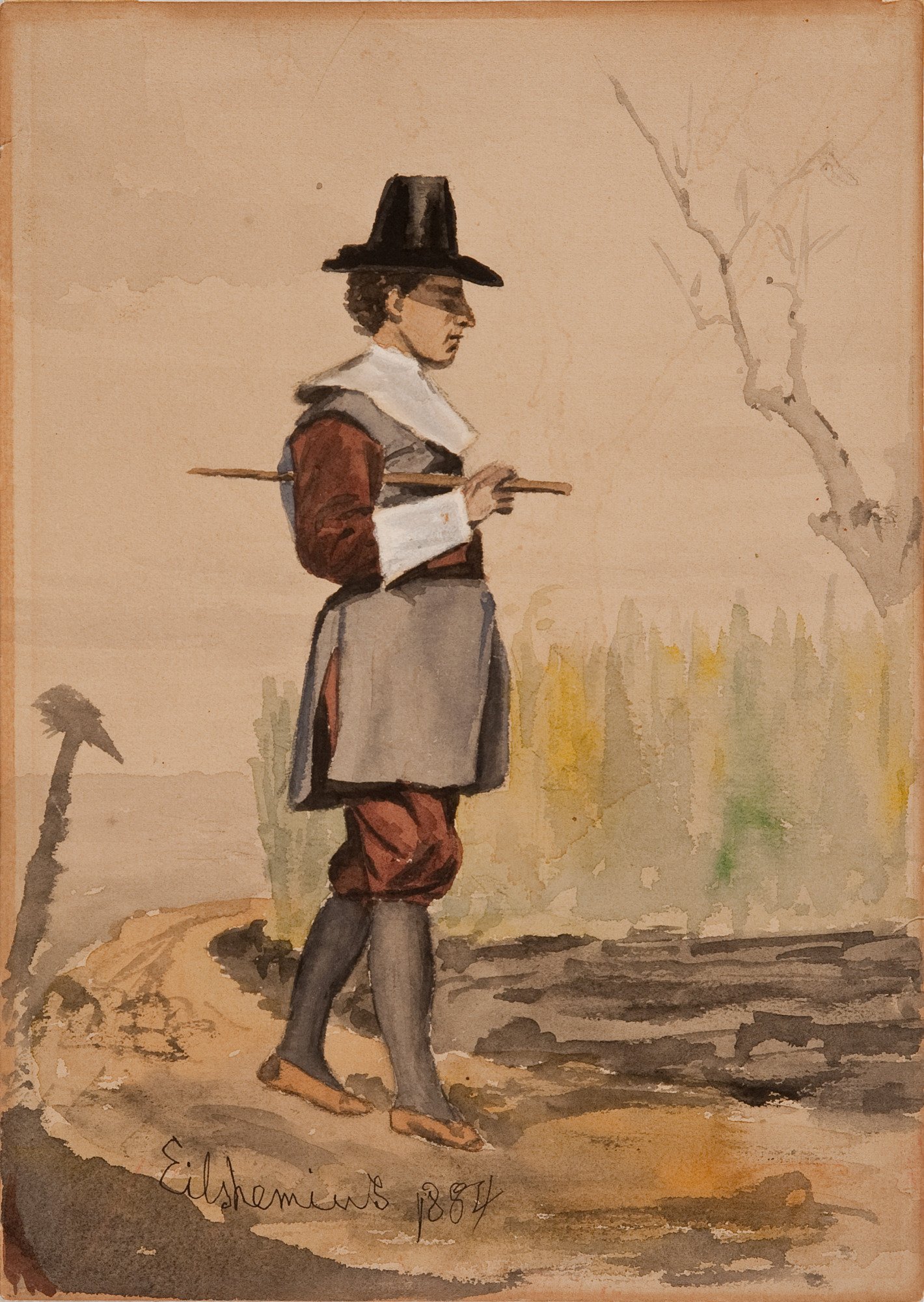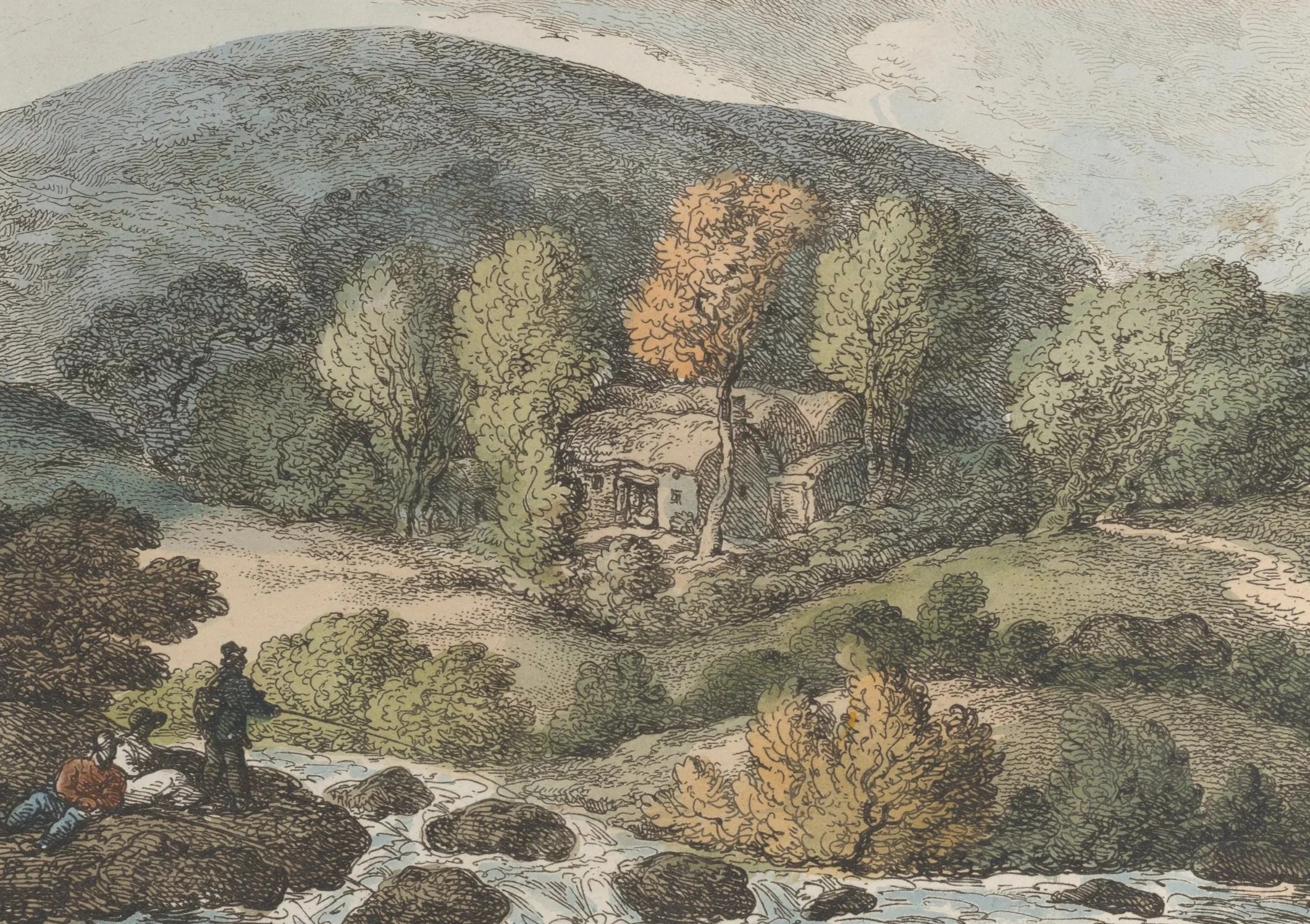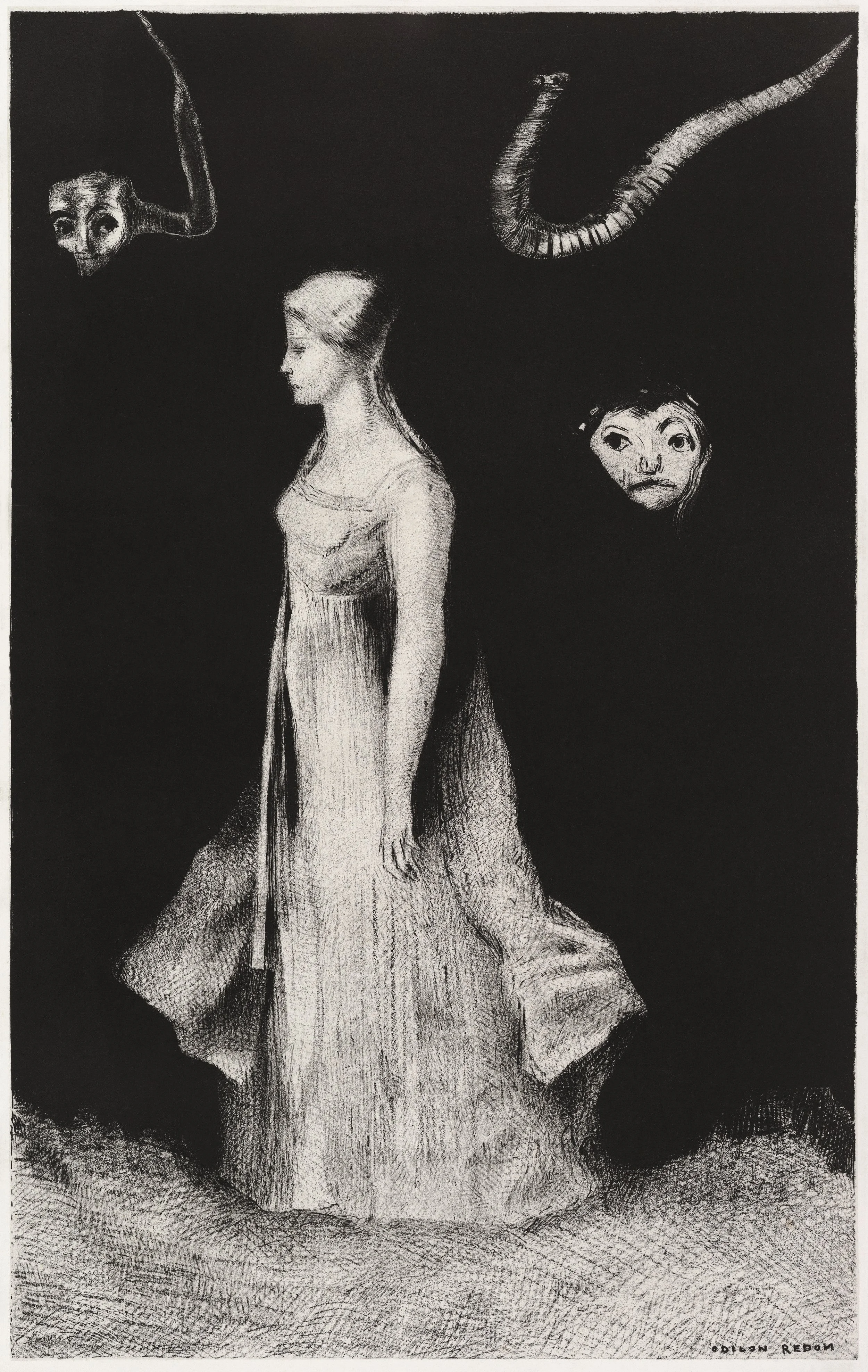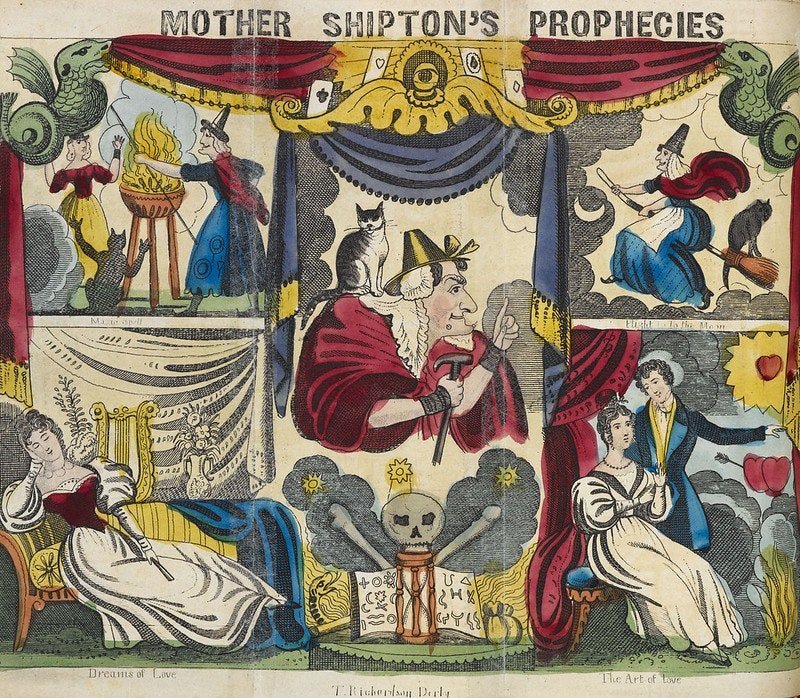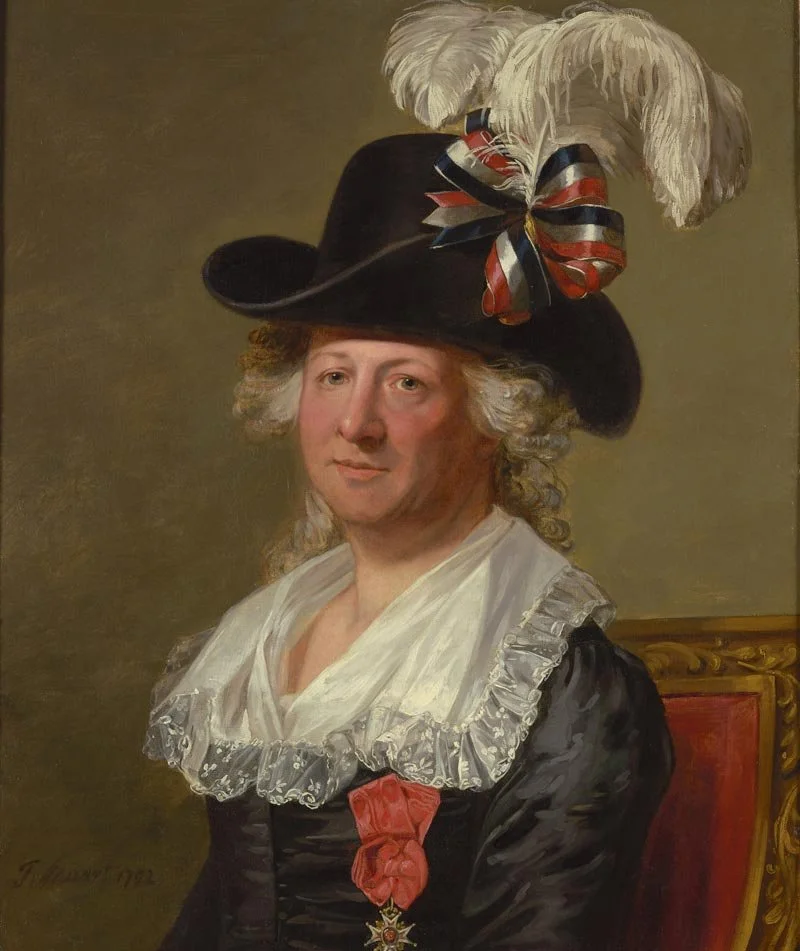
History
Royal Feasts and Savage Pomp
Hazlitt traces the rise of culinary pageantry from medieval austerity to Restoration splendor, where cooks became chemists and peacocks arrived at table in full regalia: stuffed, re-feathered, and glazed in egg yolk. But beneath the roasted swans and edible allegories lies a deeper tension: the grotesque ballet of class, appetite, and spectacle. Here, the evolution of English gastronomy becomes a parable of social transformation, in which the banquet table is both altar and battleground.
The Princess Sophia and Mary
Amid the vaulted hush of Henry VII’s Chapel, Kingsley traces the melancholy pageantry surrounding the short lives of Princesses Sophia and Mary—infants embalmed in velvet, marble, and state ambition. Their lavish cradles and somber tombs reflect not just dynastic fragility, but the uneasy transition from Tudor vigor to Stuart excess.
The Chevalier d'Eon
The Chevalier d'Éon, featured in Famous Impostors by Bram Stoker, is portrayed as a figure whose gender ambiguity confounded courts and captivated Europe, an accomplished diplomat, soldier, and spy whose fluid identity challenged the rigid binaries of the 18th century. Stoker treats d'Éon’s life as both spectacle and mystery, emblematic of the era’s fascination with the theatrical and the unknowable.
Country-House Life in England
Reginald Wynford’s exhaustive portrait of English country-house life blends social anthropology with nostalgic prose, tracing the rituals, economies, and hierarchies that animate the great rural estates. From the breakfast table to the billiard room, the manor emerges not only as a seat of leisure but as the quietly beating heart of English class identity.
The History of the Condition of Women: Europe
In her sweeping moral survey of European womanhood, Lydia Maria Child marshals history as both evidence and indictment, tracing the entrenchment of patriarchal custom across class, church, and crown. What emerges is less a chronology than a cumulative argument — one in which progress is never assumed, and civilization often masks its own brutality.
The Nine Days’ Queen: Bradgate Hall and the Greys of Groby
In lush, almost mournful detail, Richard Davey reconstructs the ancestral landscape of Lady Jane Grey, where Tudor architecture, dynastic intrigue, and the melancholic ruin of Bradgate Park converge into a portrait of England at its most tragic and picturesque. Beneath the ivy and heraldry lies a meditation on inheritance, fate, and the haunted weight of noble blood.
Lives and Exploits of the Most Noted Highwaymen and Robbers: The German Princess
A shape-shifting virtuoso of invention and deceit, the so-called German Princess dazzled Restoration England with her improbable lineage, theatrical grifts, and inexhaustible appetite for reinvention. What emerges is less a criminal biography than a carnivalesque satire of gender, class, and credulity, where performance itself becomes the most profitable profession.
Ninon de l'Enclos: Premiere Siren of Two Centuries
With florid admiration and a touch of disbelief, Terhune paints Ninon de l’Enclos as both libertine and philosopher—an ageless enchantress who outlived her lovers, defied convention, and seduced an entire intellectual century. In his telling, she is less a woman than a paradox: virtuous in wit, notorious in reputation, and ever the sovereign of her own myth.
George Sand: Pyrotechnical Swearing and Cigars
In this bold and unflinching profile, Alfred Payson Terhune paints George Sand as a tempest of intellect, scandal, and unapologetic desire, “the world’s most prolific woman writer” and one of its most notorious lovers. With caustic wit and theatrical flair, he traces Sand’s trail of broken hearts and literary triumphs, from her cigar-smoking salon days to her ruinous romance with Chopin.
Lofty Only in Sound: Crossed Wires and Community in 19th-Century Dreams
A curious case of supposed dream telepathy at the end of the US Civil War, in which old ideas about the prophetic nature of dreaming collided with loss, longing, and new possibilities of communication at a distance.


